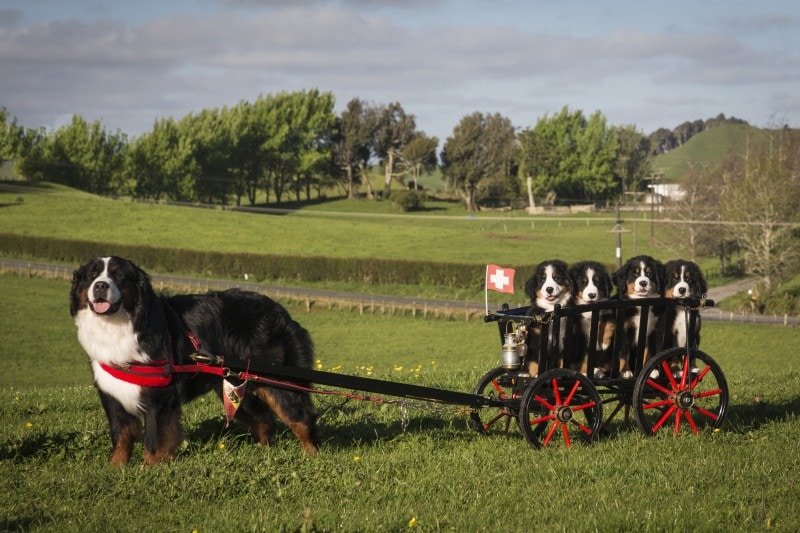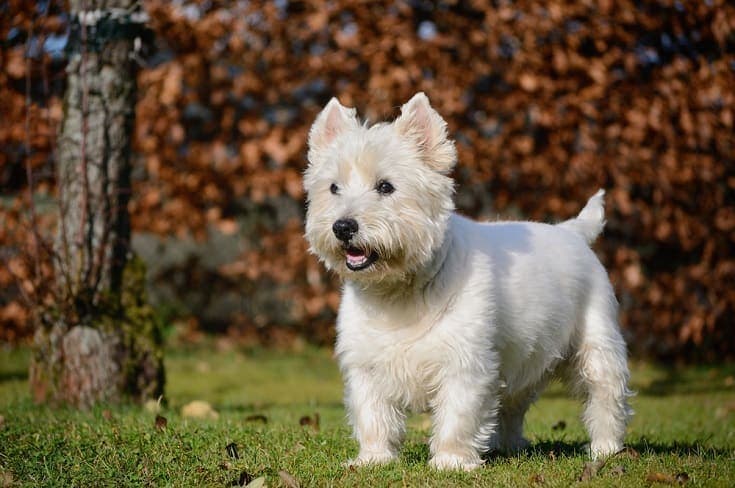3 Portuguese Water Dog Haircuts & Grooming Styles in 2024 (With Pictures)
Updated on
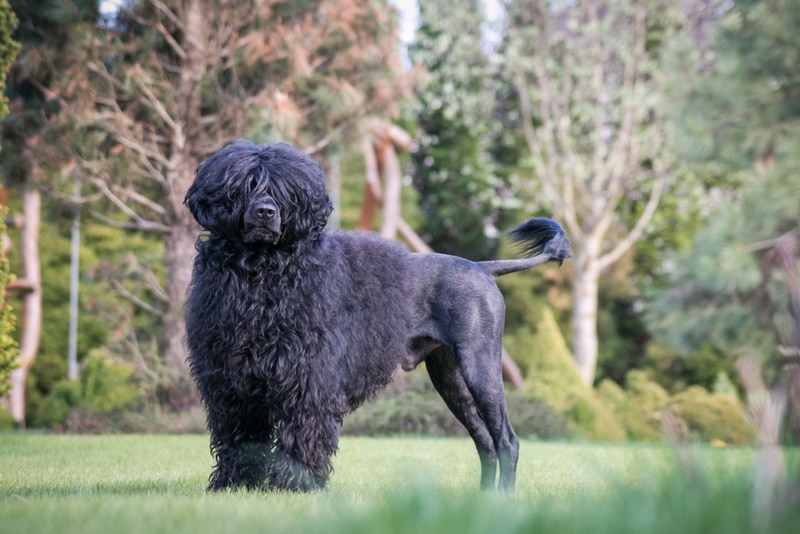
Portuguese water dogs need to be trimmed regularly. They don’t shed, but their hair will continuously grow. Therefore, it needs to be trimmed regularly to keep it manageable. Their coats require regular brushing, too, otherwise, they can easily become matted.
Getting the right haircut can make grooming a bit easier. However, if you show your dog, you’ll likely have to adhere to breed standards.
Below, we’ll discuss some of the most popular Portuguese water dog haircuts. But first, let’s talk about some general grooming guidelines you need to know about.
About Portuguese Water Dog Hair
These dogs have two types of coats. One is compact and curly, while the other is more “wavy.” The type of coat will affect the amount of grooming necessary and the cut you choose from your canine. Luckily, neither breed has an undercoat, so you can trim away.
No matter what coat your dog has, you’ll still have to brush your dog every day. A slicker brush is the best option for getting through their fur. However, we also recommend a comb, which helps with tangles and hard-to-reach places. Getting your dogs cut shorter often reduces the amount of time each grooming session needs to be.
You’ll probably need to trim your dog every month or so as their hair grows extremely fast.
The 3 Most Adorable Portuguese Water Dog Haircuts
1. Retriever Clip
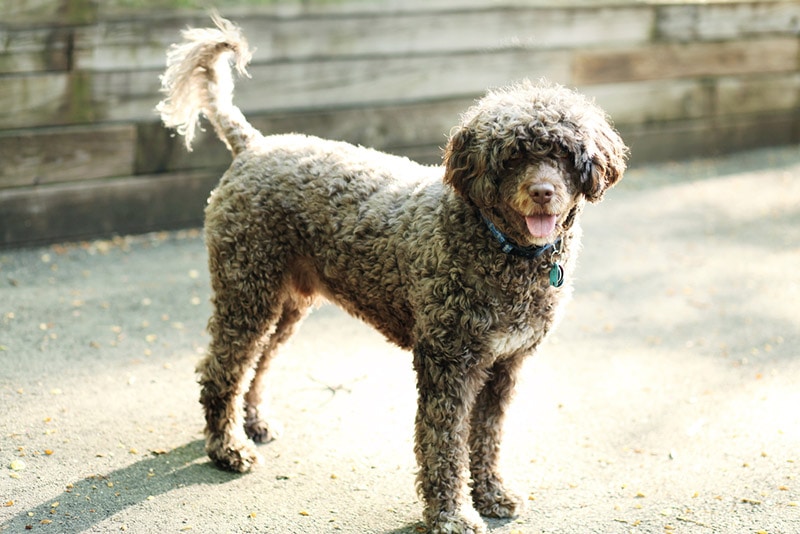
The Retriever Clip is the classic cut for this breed. This cut is relatively straightforward—their fur is cut down to 1 inch throughout their whole body. It follows their natural outline carefully. Their legs are blended in with their torso, and their feet are rounded.
The ears are trimmed, and their muzzle is cut relatively short—there is no beard. The tail is a bit longer than most of the other fur, with a “ball” on the end. The head is dome-shaped and the head blends into the body.
2. Lion Clip

If you want a longer cut, the Lion Cut is an option. The back half of the dog’s coat is almost completely trimmed off except for a tuft of hair on the tail. The front is trimmed a little bit, but it is kept a few inches long. Therefore, the dog looks like it has a “mane,” hence the name of the cut.
This cut does require a bit more maintenance, though you only have to brush the upper half of the dog. It’s a unique cut that makes your dog stand out, but it isn’t nearly as common as the Retriever Cut.
3. Summer Clip
This clip is designed to keep the dog cool in the summer, so it is quite short. It’s a very practical cut that many with companion dogs choose, as it doesn’t require much grooming. You will have to get the dog trimmed regularly. This coat type makes it easier to clean your pooch, especially when they’re swimming and rolling around in the mud.
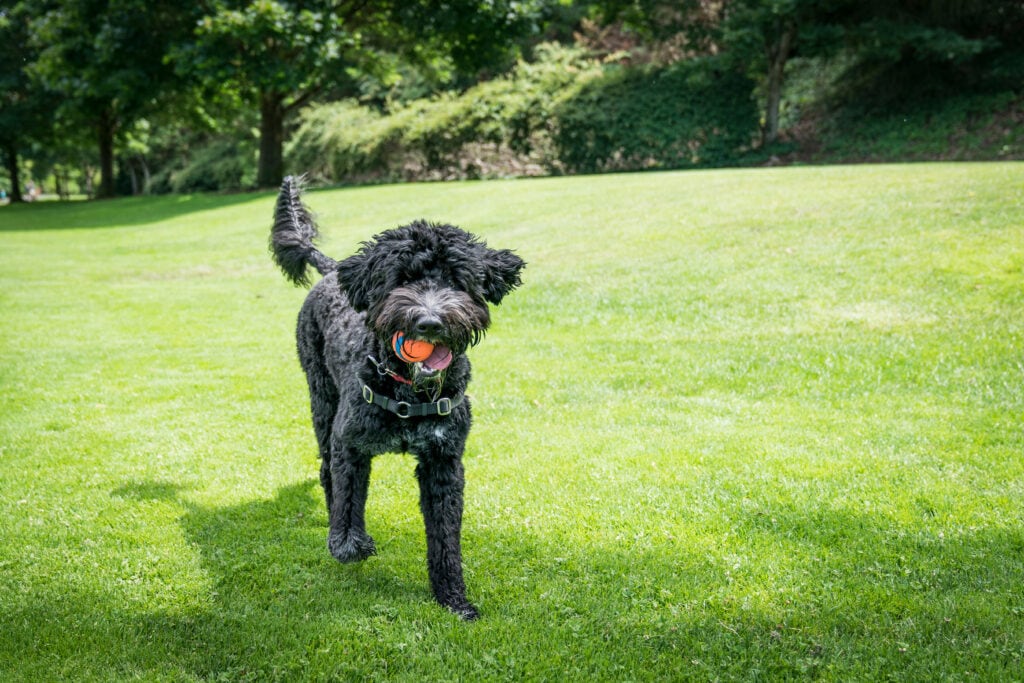
Final Thoughts
Typically, there are about three haircuts that are given to Portuguese water dogs. These include the Lion Clip, which gives the dog a mane-like appearance. The Retriever Cut is the most common. In this cut, the fur is cut to about 1 inch along the whole body. It’s easier to take care of and much easier than other canines. The Summer Cut is much easier to take care of than other cuts. Therefore, it’s a good option for summer, when your dog may be getting dirtier.
What cut you choose depends on your situation and preferences. Some cuts make more sense in different climates, for instance. How much maintenance you want to do also matters.
Related Read:
- Portuguese Water Dog Grooming: 10 Expert Tips
- 25 Funny Dog Haircuts That Will Make You Laugh (With Pictures)
Featured Image Credit: Eve Photography, Shutterstock


